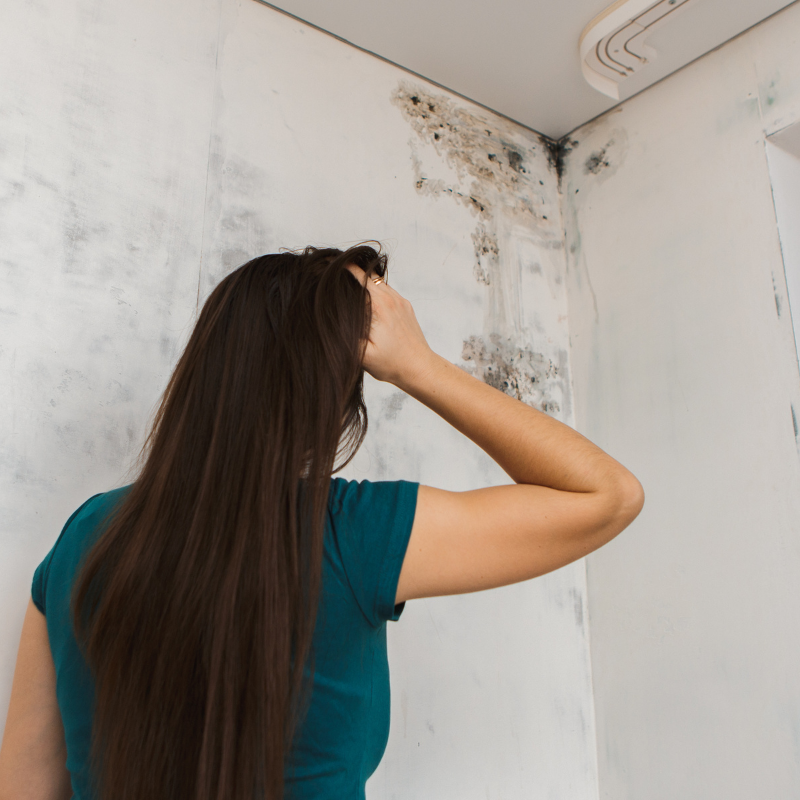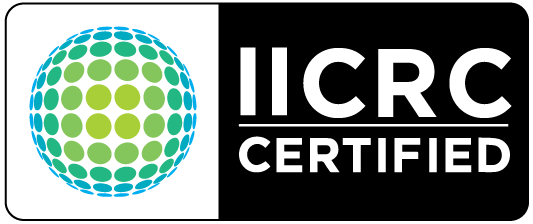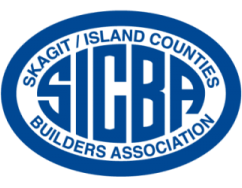Excess moisture inside a home or business often creates the perfect environment for unwanted mold growth. What starts out small can spread behind walls, under flooring, or into ventilation systems before anyone realizes it. By the time visible patches appear or that familiar musty odor sets in, the problem has often gone far beyond the surface. Effective mold removal isn’t just about wiping down what can be seen. It requires identifying the true scope of contamination and addressing every layer of the problem so it doesn’t return. This is where advanced inspection technology and professional-grade techniques make a major difference.
One of the tools that sets modern removal apart is InstaScope. This cutting-edge device allows technicians to measure airborne particles in real time, delivering rapid results on where hidden growth may be lurking. Instead of waiting days for lab tests, property owners can see within minutes which rooms are impacted and how serious the contamination might be. This clarity right at the start ensures the strategy for removal is both targeted and thorough, minimizing unnecessary disruption while ensuring the real sources of the issue are dealt with.
Inspection, Containment, And Removal
After testing reveals the full picture, the next step is to design a plan of action. Every situation is unique. Some properties only have a localized patch that requires removing drywall or carpeting in a specific area. Others may need larger-scale containment to prevent spores from spreading during the cleaning process. Setting up protective barriers and using specialized filtration equipment helps ensure that once remediation begins, the mold issue is confined rather than allowed to drift into unaffected areas.
Removal itself is never one-size-fits-all. Different materials respond differently. Carpeting, insulation, and other porous surfaces often need to be replaced. Harder surfaces like wood framing or concrete can often be cleaned, treated, and restored without needing to be ripped out. Industrial-grade cleaning solutions are used to neutralize contamination, while high-efficiency vacuums and air scrubbers work to remove spores that might otherwise linger in the air. The goal is not just to clear the visible signs but to reset the environment to a healthy baseline.
To add another layer of assurance, air monitoring is often performed both during and after the process. This step confirms that the levels of airborne particles have been reduced to acceptable levels before any rebuilding begins. Without this verification, it’s impossible to know whether hidden spores remain, ready to spread again once the environment is disturbed. By combining physical removal with measurable testing, the process provides confidence that the remediation isn’t just cosmetic but truly comprehensive.
Restoration And Repair
Once the contaminated materials have been taken out and the space has been thoroughly treated, attention turns to bringing the property back to its original condition. This step often goes beyond cleaning and can involve full-scale construction repairs. Replacing sections of drywall, installing new flooring, refinishing wood, or even repairing roofing and plumbing systems may all be part of the project depending on how extensive the initial problem was.
The advantage of working with a contractor who is licensed for both mold remediation and construction is that the entire process remains seamless. Property owners don’t need to juggle multiple service providers or try to coordinate between different trades. Instead, every piece—from inspection to repair—is handled under a single umbrella, keeping communication clear and the timeline efficient. Whether it’s a minor cosmetic fix or a more substantial rebuild, the goal is to ensure the space looks and functions as if the problem had never happened.
An often-overlooked part of repair is making improvements that help prevent future issues. Better ventilation systems, upgraded roofing, or properly sealed plumbing connections can go a long way in reducing the risk of another outbreak. Rebuilding is not just about restoring appearances—it’s also about strengthening the property against repeat problems. By addressing underlying causes during the reconstruction phase, the end result is a healthier and more durable living or working environment.
Value, Service, And Peace Of Mind
Beyond the technical steps, there’s another factor that matters just as much: trust. When someone lets a team into their home or business, they want to know they’ll be treated with respect. Professional remediation means showing up on time, keeping the workspace neat, and explaining each stage of the process in a straightforward way. Clients should feel like they’re being guided rather than left in the dark. That’s why communication and transparency are such important parts of the service.
Affordability also plays a role. Problems like this are rarely planned for, and the costs can be stressful. That’s why competitive pricing and flexible options, including a meet-or-beat guarantee, make the process easier to manage. The aim isn’t just to solve the immediate problem but to give clients confidence that they’re getting both quality workmanship and fair value. In the end, it’s about delivering results that last while making the experience as smooth as possible.
In addition, strong customer support doesn’t end once the job is finished. Follow-up inspections and responsive service teams make sure clients have ongoing reassurance that the problem was handled correctly. Having experts available to answer questions or provide further guidance builds confidence and helps property owners feel secure long after the last repair is complete. This ongoing support is one of the reasons professional remediation stands apart from do-it-yourself approaches, which often lack both precision and accountability.
At Cleaner Guys, our mission is to restore properties quickly, thoroughly, and with the least amount of stress possible. From the instant InstaScope inspection to the final touches of repair, every stage of the process is handled with precision and care. If you’re concerned about growth in your home or business, don’t wait for it to spread further. Contact us to schedule an inspection, ask questions, or request an estimate. We’re here to provide the solutions you need and the support you deserve.
Frequently Asked Questions About Mold Removal
Q1. How do professionals know if hidden growth is present in a property?
A1. Specialists rely on more than just visual inspection. Advanced tools, like real-time airborne particle monitors, allow them to detect spores that aren’t visible to the eye. This type of technology makes it possible to identify mold issues behind walls, in ductwork, or in other concealed spaces. By using scientific testing rather than guesswork, property owners get a precise picture of the situation and can move forward with a clear plan.
Q2. Why isn’t household cleaning enough to solve the problem long-term?
A2. Surface cleaning products can make a wall or ceiling look better temporarily, but they don’t usually reach into porous materials where spores may have already taken hold. Even if the top layer looks improved, the root of the issue often remains, allowing it to spread again later. Professional services take the process further by removing contaminated materials, applying specialized treatments, and restoring the affected area so the issue is thoroughly addressed rather than simply hidden.
Q3. What happens after the contaminated material is removed?
A3. Once the problem areas are cleared, the space doesn’t remain unfinished. Skilled crews handle the reconstruction process, replacing drywall, flooring, or insulation as needed. This ensures the property is not only free of unwanted mold but also returned to a condition that looks complete and feels comfortable. The goal is to leave the space better than it was before, both in appearance and in long-term durability.



